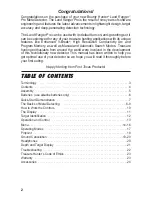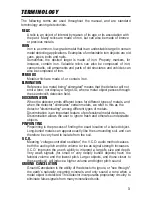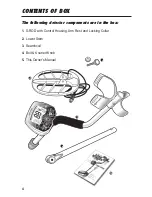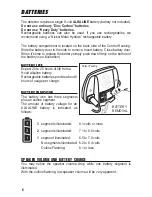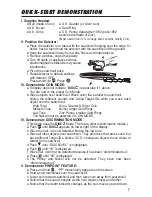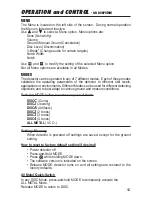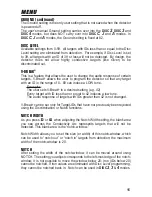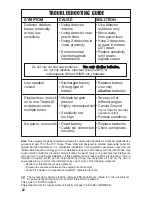
16
MENU
To best understand how to use the Menu features that control target detection
and tone response, adjust each to any setting and observe how the
Conductivity Arc behaves - watch how the bold segments, faded segments and
blank segments interact.
Below are examples of possible programmed settings:
1 During operation, when a target is
detected, the segment area representing
the target is illuminated.
Example: detection of a U.S. Quarter
(the screen resets 3 seconds after target
detection)
2 Using only DISC LEVEL control, pressing
or
will graphically illustrate targets
being eliminated from left to right.
Example: Disc Level = 39
3 V-Break
®
changes segments from solid to
faded (the faded segments represent low
tones).
Example: Disc Level = 39 & V-Break
®
= 49
4 The Notch Width control can accept a
range of targets previously rejected with
the Disc Level control.
Example: Notch Width = 10
In this example, foil and aluminum are
detected with low tones and targets from
zinc and higher are detected with their
default tones. Blank areas of the Arc are
not detected.
5 Notch control moves the position of the
notch-window across the Arc. As the
window moves across the Arc, it inverts
the detectability-status of the targets
within the window.
Example1: Notch=34
Example2: Notch=50

